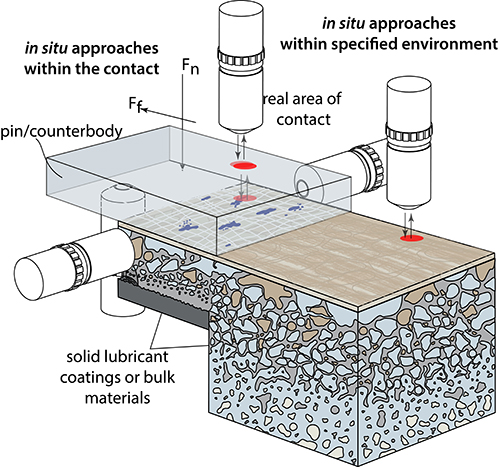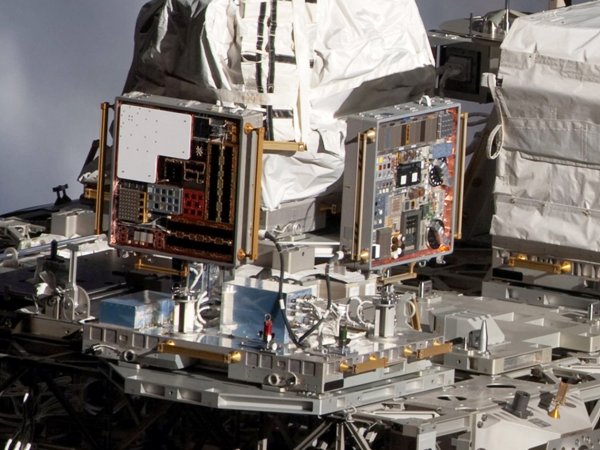Lehigh University
The Tribology Laboratory at Lehigh University
Mechanistic Studies in Friction and Wear of Bulk Materials
W. Gregory Sawyer, Nicholas Argibay, David L. Burris and Brandon A. Krick
Abstract
From the context of a conte understanding of the phenomenological origins of friction and wear of materials, we review insightful contributions from recent experimental investigations of three classes of materials that exhibit uniquely contrasting tribological behaviors: metals, polymers, and ionic solids. We focus on the past decade of research by the community to better understand the correlations between environment parameters, materials properties, and tribological behavior in systems of increasingly greater complexity utilizing novel synthesis and in situ experimental techniques. In addition to such review, and a half-century after seminal publications on the subject, we present recently acquired evidence linking anisotropy in friction response with anisotropy in wear behavior of crystalline ionic solids as a function of crystallographic orientation. Although the tribological behaviors of metals, polymers, and ionic solids differ widely, it is increasingly more evident that the mechanistic origins (such as fatigue, corrosion, abrasion, and adhesion) are essentially the same. However, we hope to present a clear and compelling argument favoring the prominent and irreplaceable role of in situ experimental techniques as a bridge between fundamental atomistic and molecular processes and emergent behaviors governing tribological contacts.




